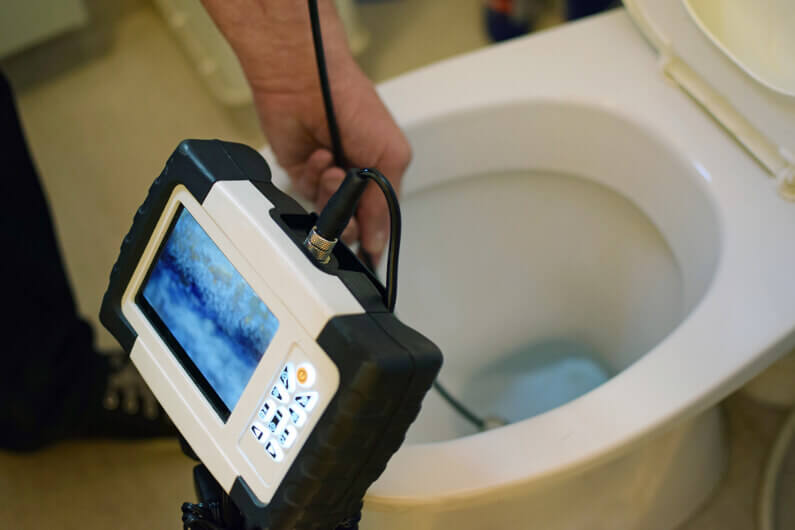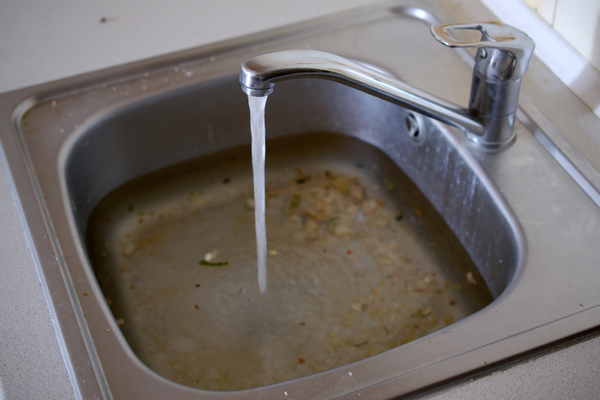What to Deal with a Blocked Drain Yourself Prior to Engaging Plumbing Experts
What to Deal with a Blocked Drain Yourself Prior to Engaging Plumbing Experts
Blog Article
On this page further down you'll find a good deal of sound additional info related to What I learned from trying to deal with a clogged drain.

Introduction
Dealing with an obstructed drainpipe can be a frustrating experience, interfering with daily tasks and potentially causing damages to your home. However, prior to connecting to plumbing professionals, there are actions you can require to address the problem yourself. In this overview, we'll explore do it yourself remedies and safety nets to tackle an obstructed drain successfully.
Identifying the Concern
The initial step in attending to an obstructed drainpipe is recognizing the indicators. Sluggish drainage, gurgling sounds, foul odors rising from drains pipes, or water support up prevail signs of an obstructed drain. Recognizing these signs early can assist protect against even more problems.
Typical Causes of Blocked Drains
Comprehending the factors that add to drain obstructions is essential for reliable resolution. Typical wrongdoers consist of hair, soap residue, oil, food debris, and international objects like sanitary items or paper towels. Tree roots getting into below ground pipelines can also trigger substantial blockages.
DIY Solutions
For minor obstructions, a number of DIY solutions can be effective. Pouring boiling water down the drainpipe can aid liquify grease and debris. Sodium bicarbonate and vinegar or a mixture of salt and cooking soda can serve as all-natural cleaners. Using a bettor or pipes snake to remove obstructions is one more alternative.
Devices and Devices
Having the right tools available can make do it yourself drain cleansing much more reliable. A plunger is a versatile device for removing obstructions in sinks, bathrooms, and showers. A pipes serpent or auger can get to deeper blockages, while drainpipe cleansing chemicals can be made use of cautiously for persistent obstructions.
Safety nets
To prevent future clogs, adopting safety nets is crucial. Set up drainpipe guards or filters to capture hair and particles prior to they enter the pipelines. Frequently flush drains pipes with hot water to dissolve grease build-up, and avoid getting rid of oil or strong waste down the drain.
When to Call an Expert
While DIY options can resolve small clogs, specific signs show the need for professional aid. Consistent blockages, foul odors regardless of cleansing initiatives, or multiple drains pipes backing up concurrently are warnings that require skilled intervention.
Picking the Right Plumbing Service
When picking a pipes solution, consider elements such as experience, licensing, and customer evaluations. Choose a reputable plumbing technician with a track record of quality workmanship and clear pricing techniques.
Expense Factors to consider
The expense of expert drain cleaning company can differ depending on the seriousness of the clog and the plumbing professional's rates. Demand quotes from multiple suppliers and ask about any service charges to ensure openness and stay clear of shocks.
Safety and security Measures
When attempting do it yourself drain cleansing, focus on safety. Put on protective gloves and eyewear to prevent contact with harmful chemicals or germs. Never blend various drain cleansing products, as this can produce harmful fumes.
Case Researches
Real-life examples highlight the performance of DIY solutions and the value of timely professional treatment in settling drain blockages.
Final thought
By following the tips laid out in this guide, you can effectively tackle blocked drains and prevent future pipes issues. Whether going with DIY remedies or seeking specialist support, punctual action is crucial to maintaining a healthy and balanced pipes system and maintaining the honesty of your home.
How to Clear a Clogged Drain Yourself (And When to Call In the Professionals)
What Can Clog a Drain
Dirt Skin flakes Hair Grease Soap scum Food Offset pipes Tree roots Small objects Mineral buildup DIY Tricks to Unclog a Drain
You can fix this! Once you have identified the source of the clog (or have a vague idea), you can try one or a combination of these fixes in order to clear your plumbing.
Wire Hanger or Snake
Untangle and clear out hair from a drainpipe with a homemade snake. Use a straightened-out wire hanger with a 90-degree angle hook to locate the clog and drag out any unwanted material.
Remember not to push the clog further down to where the wire hanger cannot reach! If you need to follow up with a plunger, give it a try. Your efforts might be more successful after it’s been wire-snaked.
If you want to get fancy and don’t have a wire hanger to spare, head to the store and pick up a hand-operated drain snake. You can get one for $10-$30. It may save you the hassle, and provide additional length to reach deep into the clogged pipe.
Plunger
A cup plunger has a suction cup attached to a wooden handle. The rubber creates a seal around the drain, and increases the pressure force of the plunger.
Plunge for 30-second increments to loosen the clog. This may need to be repeated over the course of 15-20 minutes. Once plunged, run the water to flush the remaining material out of the drain.
Remember– never use a plunger if you have used a chemical drain cleaner. These chemicals can splash up from the force of the plunger and cause serious injury or burns.
Boiling Water
Hot water can sometimes break up materials into a flushable amount. Dirt, grease, and soap buildup requires heat in order to unstick from surfaces.
Take your kitchen kettle and heat your water to a boil. Once it reaches a rolling boil, pour it directly down the drain into the blockage. Carefully follow with plunging, if necessary.
Don’t worry if this takes more than one try! It can often take multiple kettles and repeated plunging in order to clear a particularly stubborn clog.
Chemical Drain Cleaner
As a last resort, pick up a bottle of chemical drain cleaner. Drain-cleaning chemicals are potent, and not very good for the environment.
You may need to wear protective eyewear in gloves before handling your bottle of chemical drain cleaner. Follow the instructions printed on the bottle, and flush with water as soon as the instructions allow. Do not follow with plunging.
Baking Soda and Vinegar
As a safer alternative to chemical drain cleaner, baking soda and vinegar can create a chemical reaction that clears tough clogs.
Combine one cup of cleaning vinegar with one cup of boiling water, and set aside. Once you have done this, pour half a cup of baking soda down the drain. Give the baking thirty seconds to settle and cover a large portion of the problem drain.
Following the baking soda, pour down your vinegar and hot water solution. Once the vinegar and baking soda combine, the mixture will bubble and fix. Let this reaction fizzle in the drain for about an hour.
After an hour, follow with a kettle’s worth of hot water. The heat and liquid should flush out any remaining material.
When to Call a Plumber
If your DIY attempts haven’t cleared your clog drain, it’s time to call in a professional. It’s not worth losing access to your kitchen sink or high-traffic bathroom. A clog in a vital area can keep you from the things you’d rather be doing, and derail your routine.
Anytime a clog is causing water to spread is a time to call in a plumbing service. What starts out as a little bit of water can quickly grow into serious, expensive water damage.
Additionally, a serious clog can result in burst pipes or serious leaks. Make sure you know when to take it seriously!
https://myguysnow.com/how-to-clear-a-clogged-drain-yourself-and-when-to-call-in-the-professionals/

I hope you liked our article about . Thanks for taking time to browse our posting. Are you aware of anybody else who is fascinated by the subject? Please feel free to share it. I truly appreciate reading our article about What I learned from trying to deal with a clogged drain.
Schedule Services Report this page